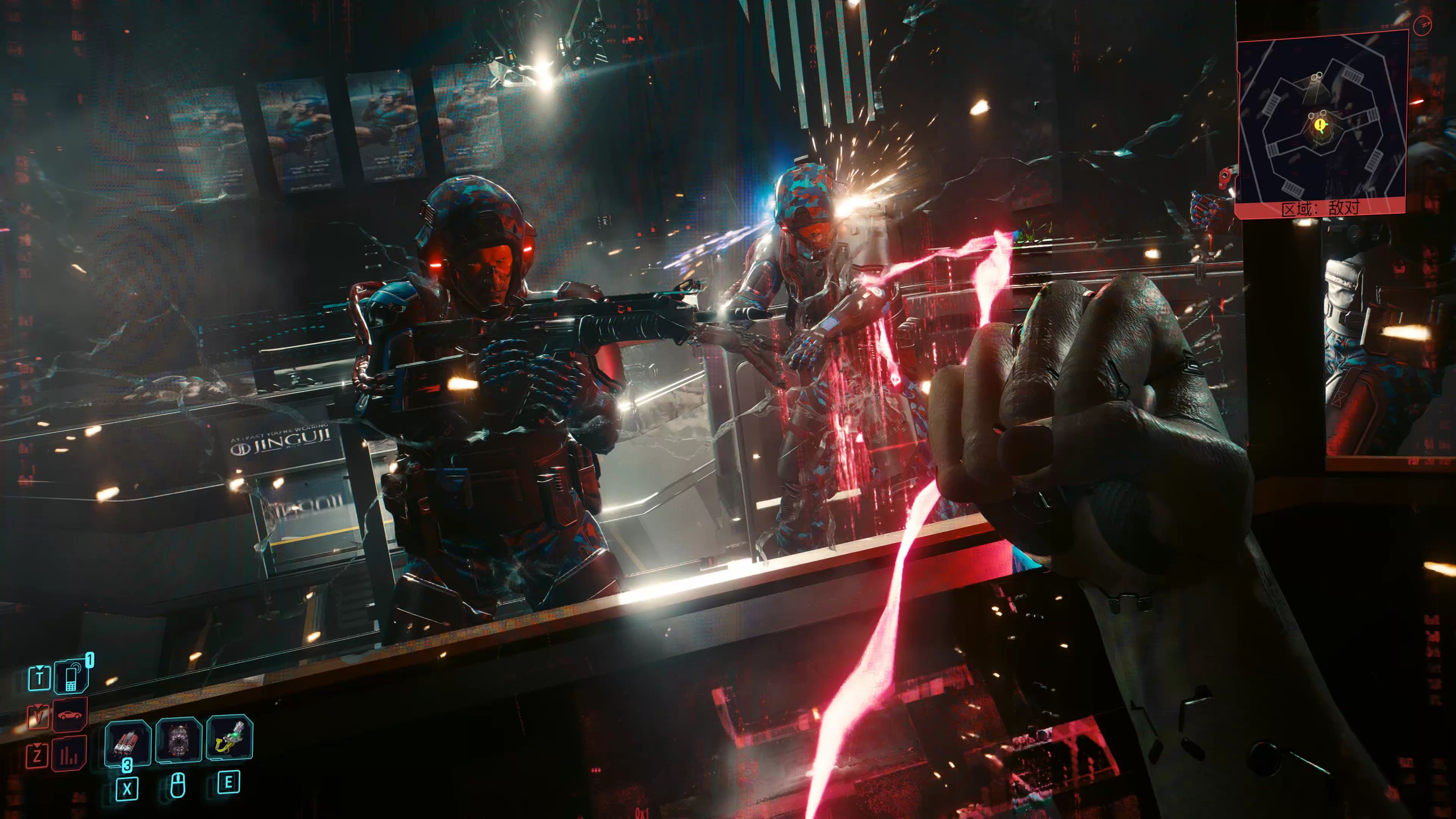Do JRPGs with Small-Scale Skirmishes Have More Strategy Than Fire Emblem?
The tactical role-playing game (TRPG) genre, often exemplified by franchises like Fire Emblem, has long been celebrated for its deep strategic gameplay, characterized by large-scale battles, permadeath mechanics, and intricate unit positioning. However, a distinct subset of Japanese role-playing games (JRPGs) focuses on small-scale skirmishes—typically involving fewer combatants, often just a party of three to five characters, but with exceptionally complex mechanical depth. Games like the Shin Megami Tensei series, Bravely Default, Octopath Traveler, and SaGa franchises present a compelling case that strategic depth isn’t solely the domain of grand, chess-like battlefields. In many ways, these JRPGs cultivate a different, and sometimes more intense, form of strategy than Fire Emblem.
The Nature of Strategy: Macro vs. Micro
Fire Emblem’s strategy is largely macro-strategic. Players must manage the positioning of numerous units across a large grid, often with specific terrain advantages, enemy reinforcement patterns, and overarching objectives like seizing thrones or protecting NPCs. The strategy involves long-term planning: resource allocation across an army, class promotions, weapon durability, and the ripple effects of permadeath. Each move is a calculated risk in a broader war of attrition.
In contrast, JRPGs with small-scale skirmishes emphasize micro-strategy. With only a handful of units to control, the depth comes from the immense complexity of the combat systems themselves. For example, in Shin Megami Tensei V, a single turn involves analyzing enemy weaknesses, managing a Press Turn system that rewards or penalizes efficiency, and making real-time decisions about buffs, debuffs, and healing. A mistake in targeting or sequencing can lead to a catastrophic chain reaction where the player loses multiple turns, often resulting in a party wipe. This is strategy distilled into a high-stakes, turn-based puzzle where every action must be optimized.
Resource Management: Long-Term vs. Immediate
Fire Emblem excels in long-term resource management. Players must decide how to distribute experience across a large roster, which weapons to forge or repair, and how to balance limited inventory space. The strategy is about sustainability over many battles.
Small-scale JRPGs, however, often focus on immediate resource management. In Bravely Default, the Brave and Default system allows characters to store turns or expend future turns for immediate effect. Managing Brave Points (BP) is a high-risk, high-reward dynamic. A miscalculation can leave your entire party defenseless for a full enemy turn, leading to instant annihilation. Similarly, Octopath Traveler’s Boost system requires players to accumulate points each turn to unleash more powerful attacks or healing at critical moments. The strategy is not about conserving resources over a chapter but about exploiting fleeting opportunities within a single battle.
Customization and Synergy
Fire Emblem offers deep customization through class changes, skill inheritance, and support relationships. However, these choices often play out over many maps. The synergy between units is geographic—using tanks to block chokepoints or fliers to bypass terrain.

In games like SaGa Scarlet Grace or Etrian Odyssey, customization is the core of the strategy. Party composition, skill loadouts, and equipment are tailored to exploit specific enemy patterns. Battles are less about movement on a grid and more about constructing a synergistic engine. For instance, coordinating a combo that stuns an enemy, lowers its defense, and then unleashes a multi-hit technique requires precise timing and knowledge of the battle system’s interlocking mechanics. The strategy is analytical and preemptive, relying on building a party that can handle unpredictable threats through flexibility rather than positional advantage.
Knowledge and Execution
In Fire Emblem, success often depends on spatial awareness and predicting AI movement. Players can minimize risk by placing units in defensive terrain or baiting enemies into ambushes. The strategy is reactive and tactical.
In small-scale JRPGs, success hinges on system mastery. Knowing every enemy’s weakness, status susceptibility, and attack patterns is mandatory. In SMT V, for example, encountering a new demon without scanning it first is extremely dangerous. The strategy is preemptive: building a party that can adapt, and making correct decisions under pressure. There is no grid to provide tactical cover—only the raw mechanics of turn order, damage calculation, and action economy. Execution is everything; a single misclick can be fatal.
The Element of Randomness
Both genres incorporate randomness, but in different ways. Fire Emblem famously uses random number generators (RNG) for hit rates, critical hits, and level-ups. This can lead to unpredictable outcomes, but players can mitigate RNG through positioning and support bonuses.
In small-scale JRPGs, randomness is often baked into enemy behavior. A boss might use a devastating attack on a random target, forcing players to build redundancies like multiple healers or tanks. Alternatively, games like Darkest Dungeon (though not Japanese, inspired by JRPG mechanics) make randomness a core stressor. The strategy lies in designing parties and tactics that are resilient to bad luck, rather than avoiding it altogether.
Conclusion: A Matter of Depth, Not Superiority
It would be reductive to claim that one style is inherently more strategic than the other. Fire Emblem offers a grand, wartime narrative where strategy emerges from the management of many units across a sprawling battlefield. Its depth is in the interplay of geography, unit roles, and long-term planning.
However, JRPGs with small-scale skirmishes offer a condensed, intense form of strategy that is more about system mastery, precise execution, and party optimization. The lack of spatial movement is compensated by incredible depth in action economy, status effects, and combo potential. For players who enjoy solving complex mechanical puzzles under pressure, these games provide a strategic experience that is every bit as deep—and sometimes more demanding—than Fire Emblem’s broad battlefields.
Ultimately, the preference may come down to whether one prefers the generalship of Fire Emblem or the dueling mastery of a tightly tuned JRPG skirmish. Both are valid, both are strategic, and both continue to evolve the rich tapestry of tactical gaming.














